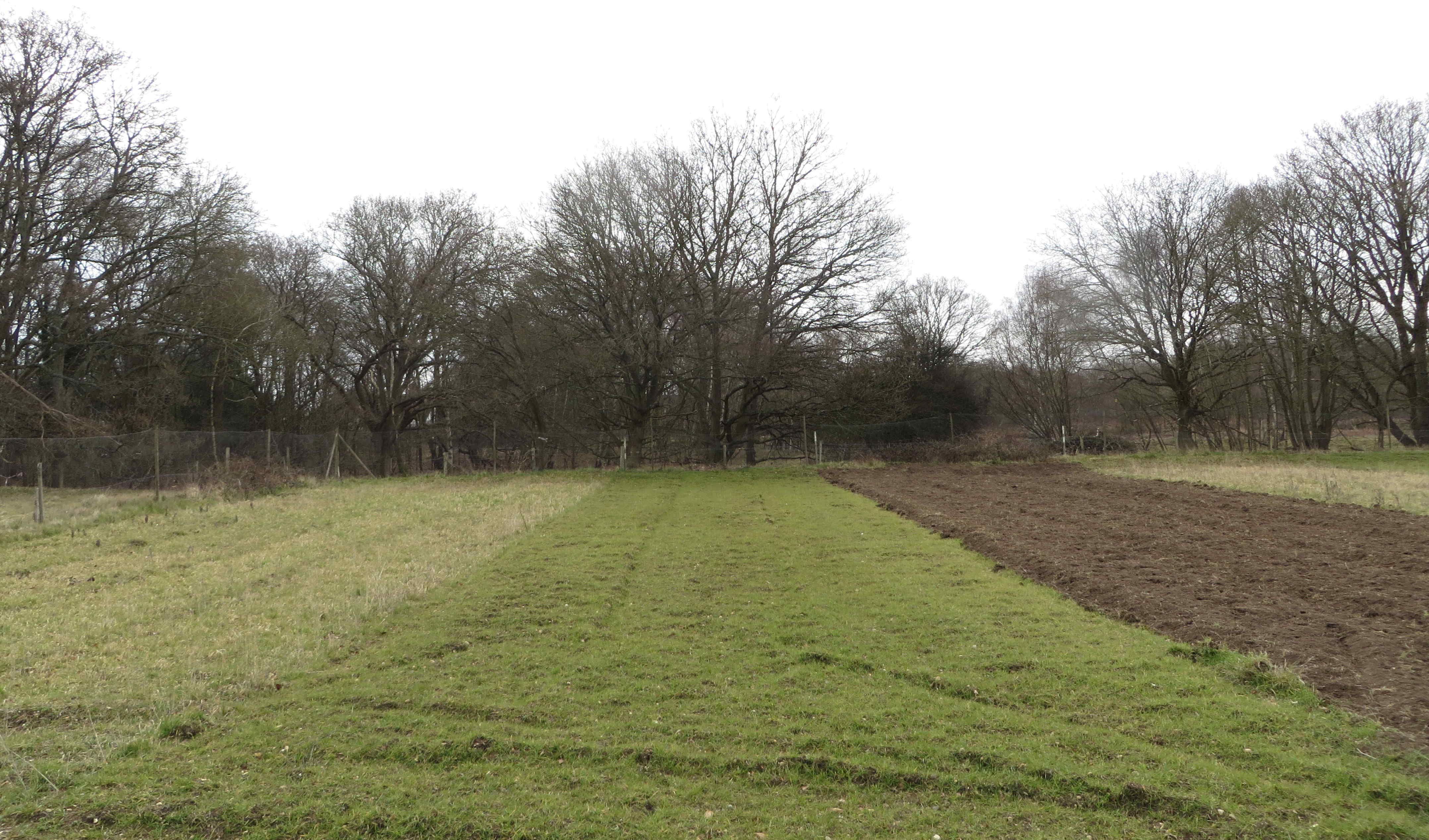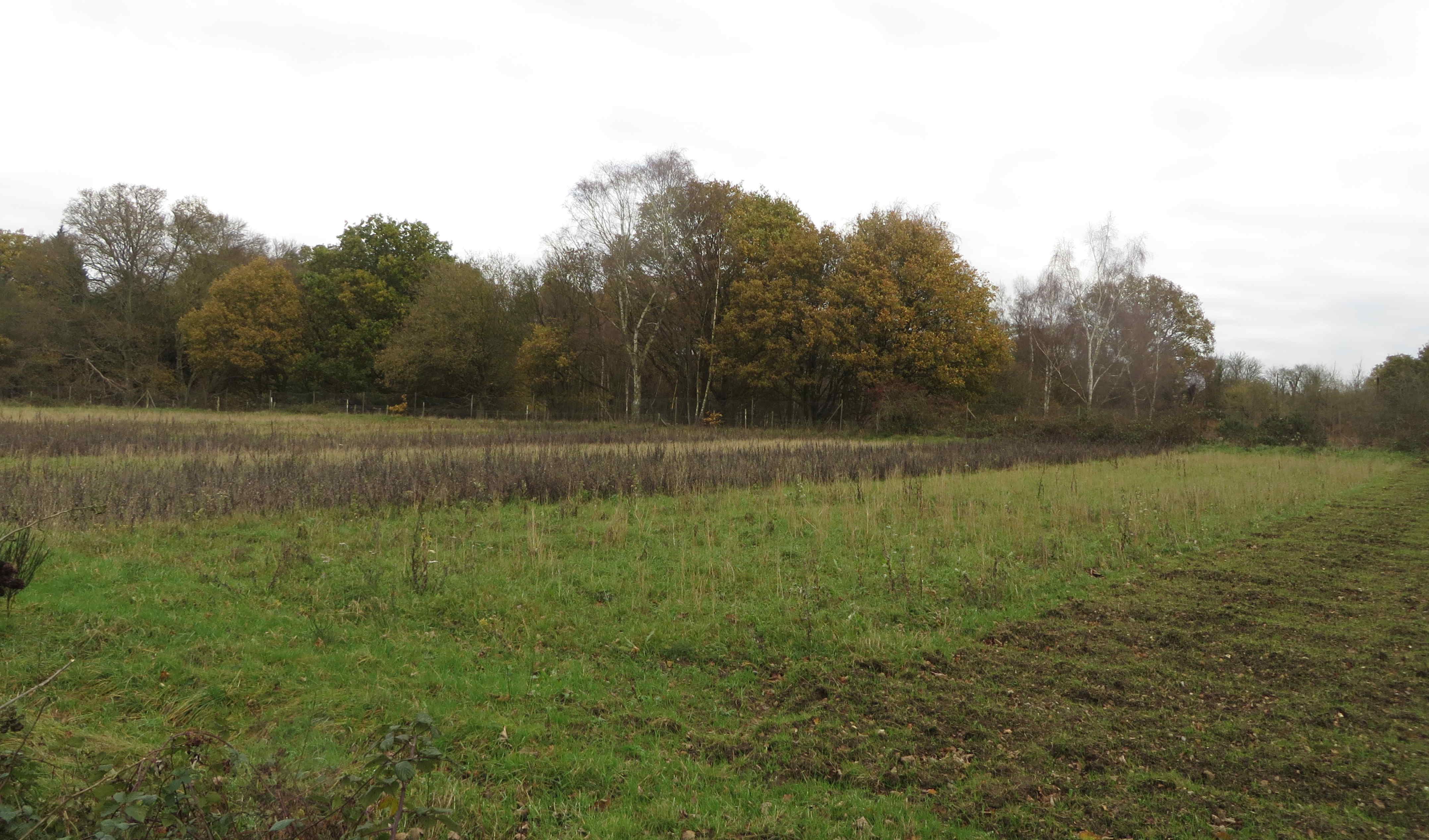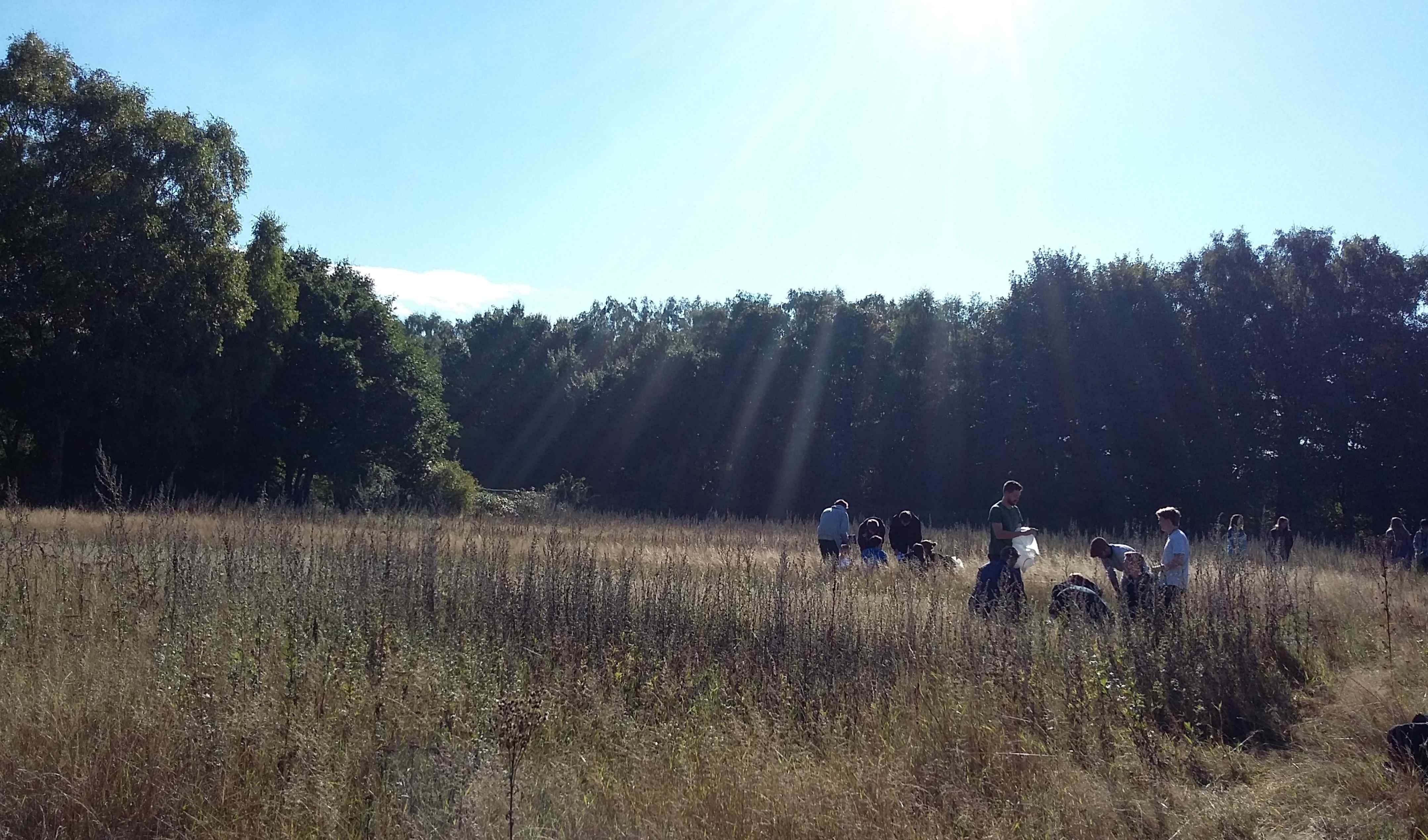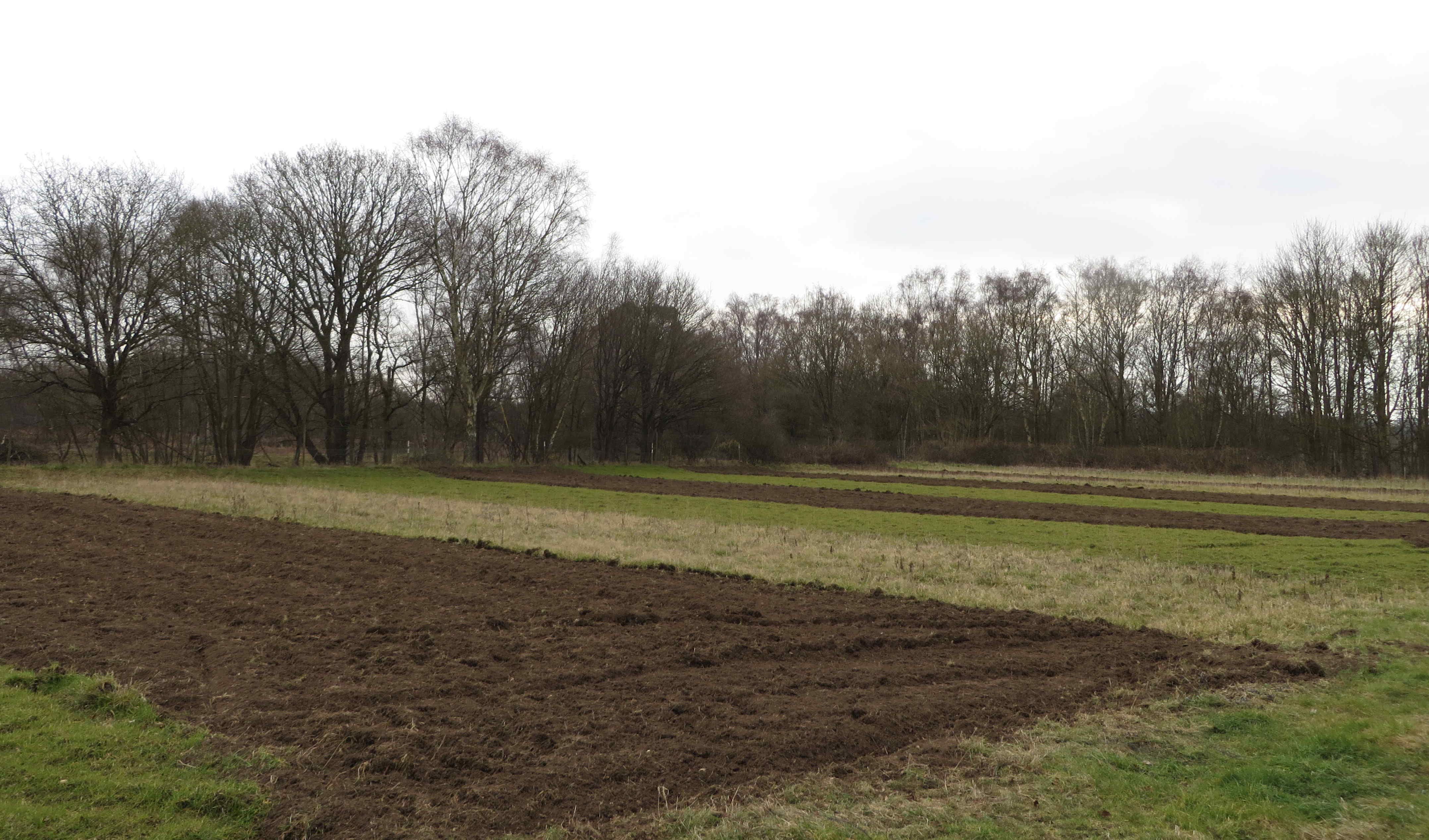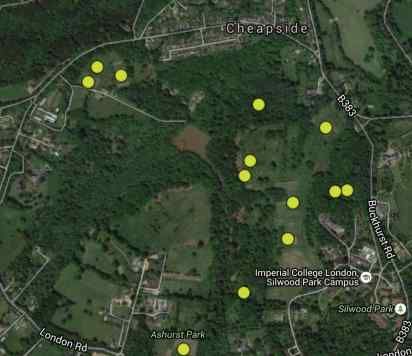The composition of plant communities is in part determined by seedling recruitment, which depends on seed germination and seedling survival. Because species differ in the optimal environmental conditions for germination it is expected that variations in timing and severity of disturbances have an effect on the relative abundance of plant species and the composition of the seed bank. The Pound Hill experiment aims to assess the effect of the timing of cultivation and soil disturbance on grasslands biomass and species composition through changes in the seed bank. It was established in 1991 in an area of Silwood Park that had been maintained for the conservation of arable weeds through an annual cultivation at various times of the year for at least a decade. This regime transformed a wheat-cultivated land into a species-rich community of ruderal plants. The experimental area, which is protected from rabbits' damage, is divided in plots that since October 1992 have been cultivated in March, May or October.
The Pound Hill disturbance timing experiment was created by Professor Mick Crawley and has been maintained since 1991 with the support of the Department of Life Sciences at Imperial College London. The experiment is now part of the a network of long-term studies included in the Ecological Continuity Trust (ECT).
Key Findings
The long-term cultivation and soil disturbance at different times of the year has resulted in very different plant communities among the three types of cultivation treatments. The abundance of most species is typically highest in the disturbance regime that best match their germination behaviour. For example, fall cultivation favours species whose seedlings can survive the rigors of the winter weather and thus have a head start the following spring. March cultivation selects for species that need cold temperatures to flower in spring and whose seedlings resist frost. Finally, species that flower after exposure to frost and grow fast are favoured under the May cultivation, as this regime exposes seedlings to short growing seasons with often dry environmental conditions (Crawley, 2004).
Pound Hill google map
details Pound Hill experiment
Pound Hill experiment lies on acid, sandy soil of the Bagshot Series and is surrounded by naturally regenerated alder wood. A rabbit-prof fence separates an area of 100 x 40 m. Inside, four blocks of 36 x 36 m are divided into three plots of 36 x 8 m which are cultivated in March, May or October. The three cultivation treatments are then replicated four times. Disturbance consist of removing the vegetation followed by rotovating the ground to smooth soil.
In 1996, 1999 and 2002 all plots were treated with herbicide after the annuals seed production to control for perennial grass species.
Data from this field study is open access and can be accessed in Zenodo DOI: 10.5281/zenodo.13362621
Find also details of the experiment in the metadata file (PDF, 0.2 MB)
Two data sets are available for this experiment:
1. Data of aboveground standing biomass of each plant species present in all plots collected in July 2003
2. Data of percentage of cover of each plant species collected in 2014, 2016, 2017 & 2019 to 2021.
Crawley MJ (2004) Timing of disturbance and coexistence in a species-rich ruderal plant community. Ecology 85: 3277–3288.
Crawley MJ (2005). Silwood Park and its history. In: Crawley MJ, ed. The Flora of Berkshire. Harpenden, Hertfordshire, UK: Brambleby Books, 215–253.
Crawley MJ (2021) The rise of Vulpia myuros (Poaceae) and the impact of cultivation-timing on plant community structure. British & Irish Botany 3(3): 362-372
Related Links
